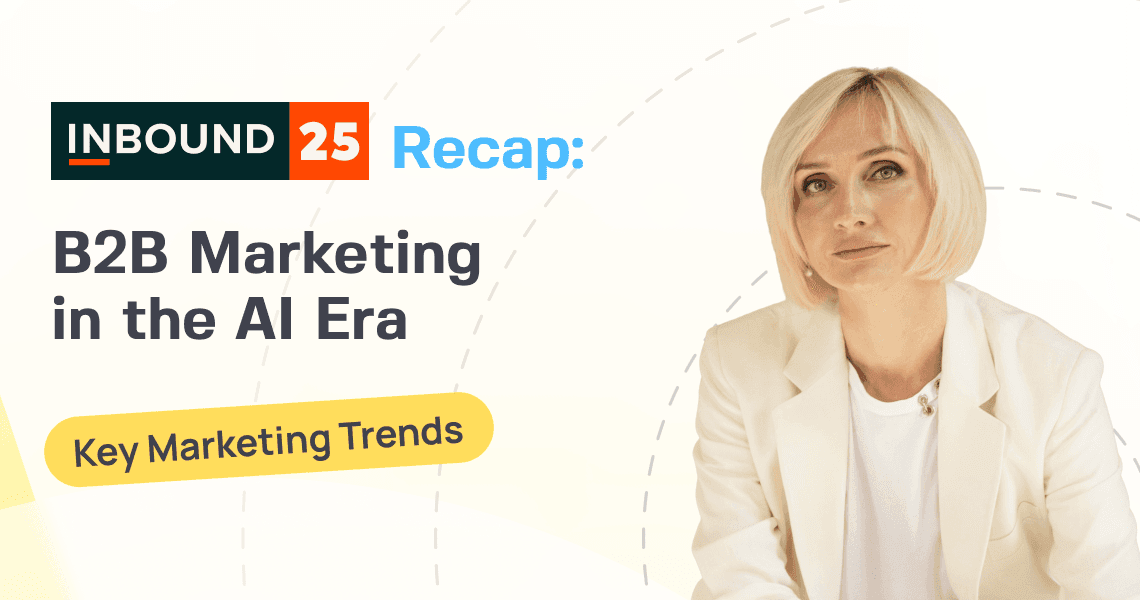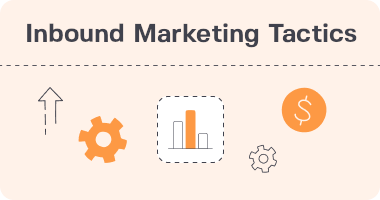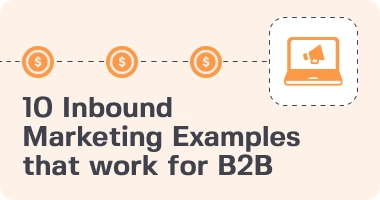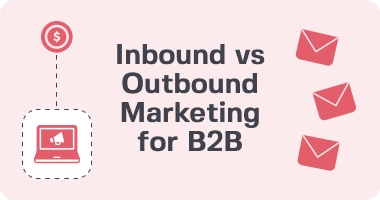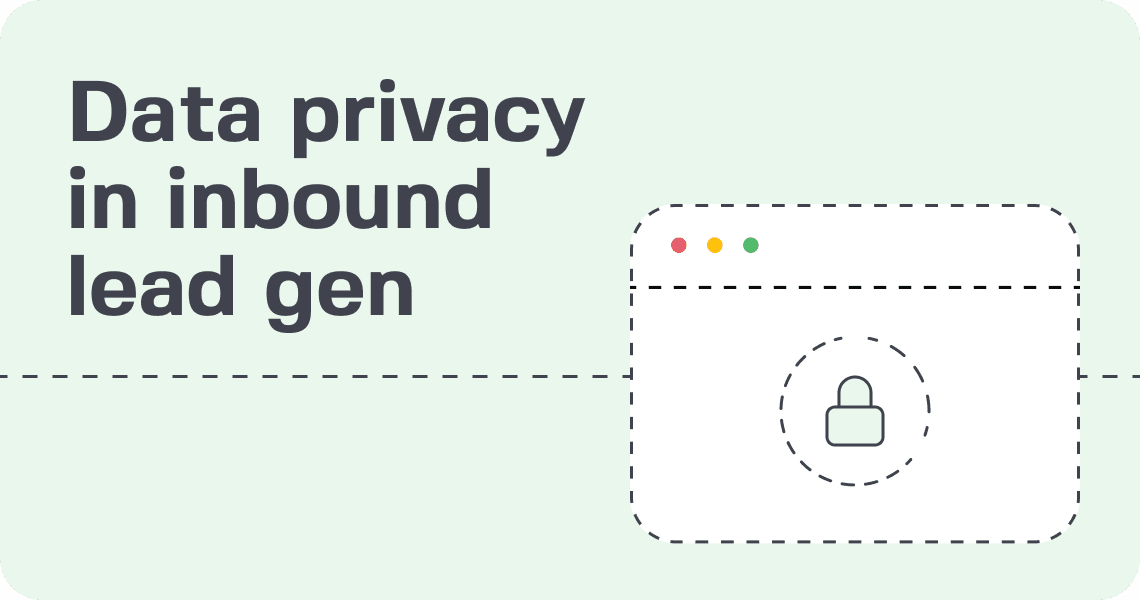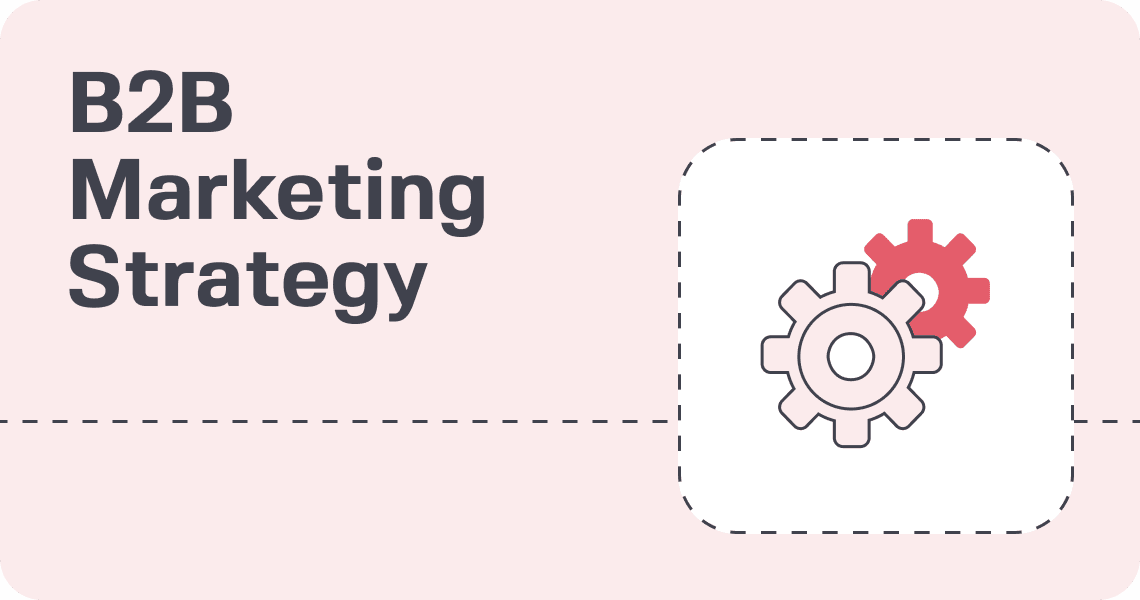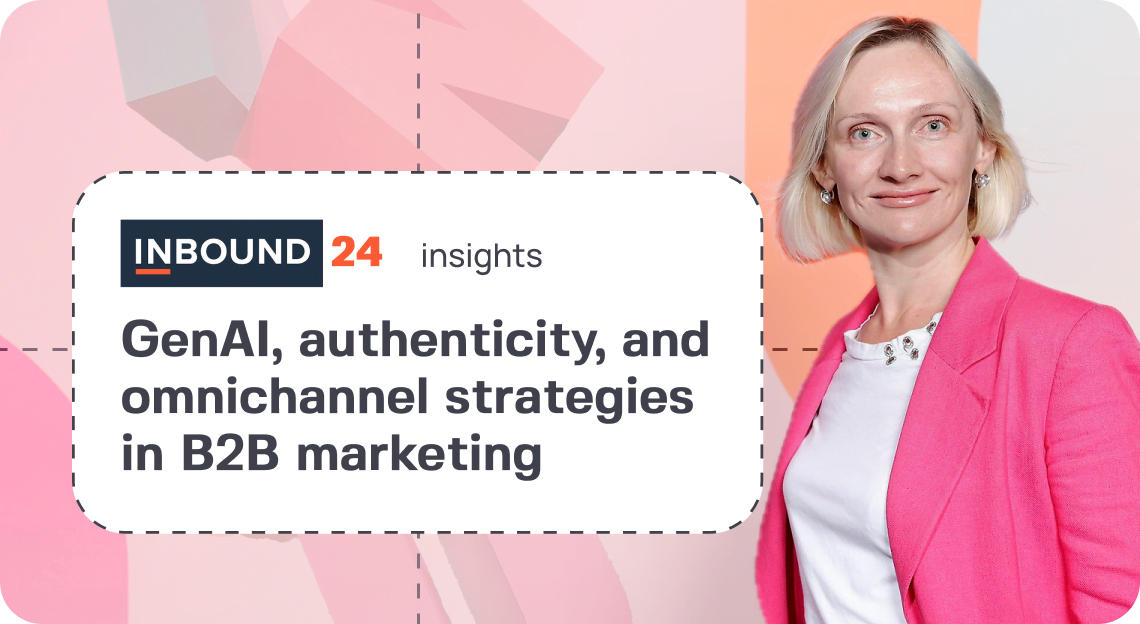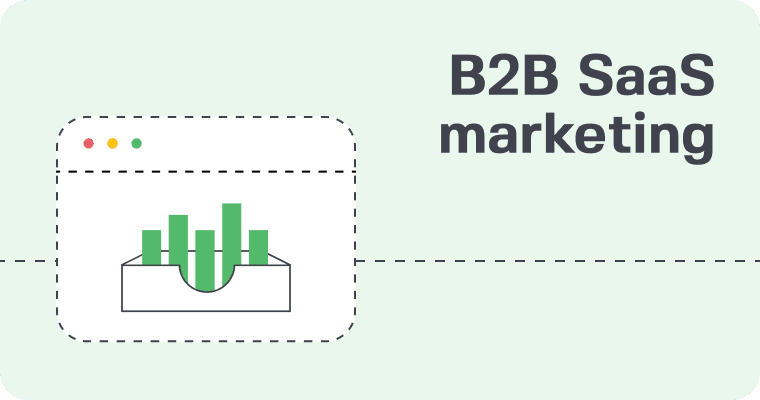With the buyer’s journey B2B businesses face the challenge of engaging potential leads across multiple touchpoints. With customers increasingly demanding personalized experiences, the traditional, siloed approaches to lead generation are becoming obsolete. This is where omnichannel lead generation steps in, offering a holistic solution that seamlessly integrates various channels to create a unified customer journey.
Research from McKinsey underscores the importance of omnichannel experiences, revealing that customers desire an always-on, personalized approach to engagement. This highlights the need for businesses to adopt strategies that meet these evolving expectations. Moreover, according to Statista, 43% of marketers view implementing or advancing an omnichannel marketing strategy as a priority. This statistic reflects a growing recognition within the industry of the value that omnichannel approaches bring to the table.
The shift towards omnichannel isn’t just a trend; it’s a strategic imperative backed by empirical evidence. A study by Harvard Business Review found that an overwhelming 94% of B2B buyers in the US believe that the new omnichannel model is as effective as, or even more effective than, the previous sales model. This resounding endorsement underscores the transformative impact that omnichannel strategies can have on driving business success.
What is omnichannel Lead Generation in B2B?
Omnichannel lead generation refers to the strategic approach of engaging with potential customers across various channels, both online and offline, in a cohesive and integrated manner. This strategy recognizes that modern buyers interact with brands through multiple touchpoints before making a purchasing decision.
The customer journey in an omnichannel context involves a series of interactions across different channels, such as social media, email, websites, and offline events. Understanding this journey is crucial for delivering a consistent and seamless experience to potential leads throughout their decision-making process.
The benefits of omnichannel lead generation are manifold. Not only does it enhance customer experience by providing a personalized and cohesive journey, but it also increases brand visibility, improves conversion rates, and fosters long-term customer relationships.
Understanding omnichannel lead generation for B2B businesses
- Identifying target audience personas and pain points
Effective omnichannel lead generation begins with a deep understanding of the target audience’s demographics, preferences, and pain points. By creating detailed buyer personas, businesses can tailor their messaging and content to resonate with their ideal customers.
- Mapping the Customer Journey across multiple channels
Mapping the customer journey involves identifying the various touchpoints where potential leads interact with the brand. This may include social media engagement, email communications, website visits, and in-person events. By understanding how leads move across these channels, businesses can optimize their omnichannel strategies for maximum impact.
- Integrating data and insights for seamless cross-channel experiences
Central to successful omnichannel lead generation is the integration of data and insights from different channels. By leveraging customer data and analytics, businesses can gain valuable insights into customer behavior, preferences, and buying patterns. This allows for more personalized and targeted marketing efforts across all channels.
Which channels should I use in omnichannel lead generation?
- Leveraging email marketing for targeted outreach and nurturing
Email marketing remains a powerful tool for B2B lead generation, allowing businesses to deliver personalized content directly to their target audience’s inbox. By segmenting email lists and crafting tailored messages, businesses can nurture leads at every stage of the customer journey.
- Harnessing social media platforms for engagement and brand building
Social media platforms provide valuable opportunities for B2B businesses to engage with potential leads, build brand awareness, and foster community. By sharing relevant content, participating in industry discussions, and leveraging targeted advertising, businesses can expand their reach and attract qualified leads.
- Optimizing website and landing pages for conversion
A well-designed website and landing pages are essential components of an omnichannel lead generation strategy. By optimizing these digital assets for user experience and conversion, businesses can capture leads at various touchpoints throughout the customer journey.
- Utilizing content marketing to provide value and drive engagement
Content marketing plays a pivotal role in omnichannel lead generation, allowing businesses to educate, inform, and engage potential leads through valuable, relevant content. Whether it’s blog posts, whitepapers, webinars, or case studies, high-quality content can attract and nurture leads across multiple channels.
- Exploring paid advertising channels for targeted reach
Paid advertising channels, such as Google Ads, LinkedIn Ads, and sponsored content, offer opportunities for B2B businesses to reach their target audience with precision. By investing in targeted advertising campaigns, businesses can increase brand visibility, generate leads, and drive conversions across various channels.
Inbound Marketing 2.0: A core strategy for omnichannel lead generation
The buyer’s journey has evolved significantly, with tighter budgets and prolonged decision-making processes, especially in light of ongoing crises. At the recent Inbound 2023 Conference in Boston, it became evident that people now seek immediate answers rather than navigating lengthy texts. This shift necessitates an evolution in inbound marketing strategies to remain relevant.
We suggest using Inbound Marketing 2.0—a refined approach that addresses current market challenges. By reimagining the traditional stages of inbound marketing—attraction, engagement, and delight—we tailor them to the fragmented inbound landscape and intricate decision-making processes within the B2B tech market.
Inbound Marketing 2.0 blends the art of attracting customers with valuable, tailored content and experiences. It seamlessly integrates into the information sphere and decision-making environment at every stage of the buyer’s journey, meeting the demands of today’s dynamic marketplace.
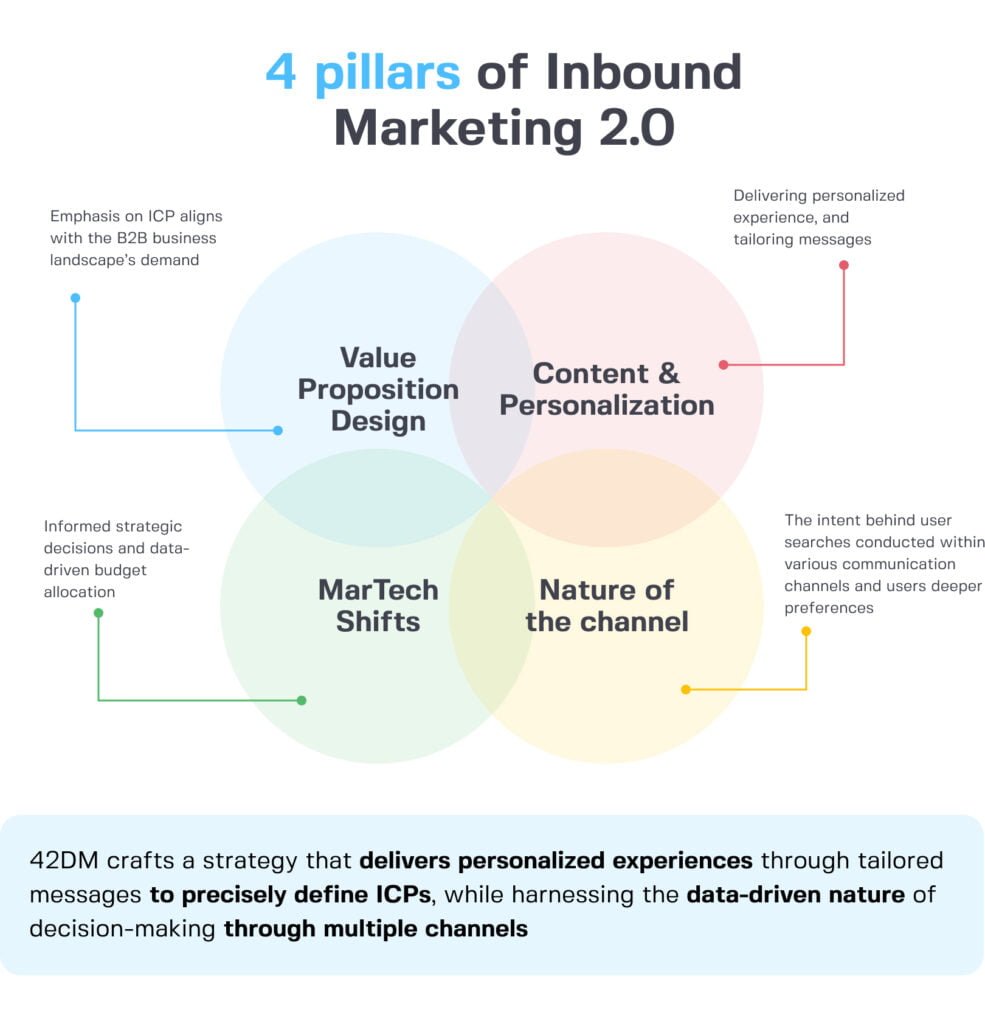
4 omnichannel Lead Generation strategies for enterprise companies
Use these tactics to enhance your enterprise marketing strategy.
- Personalization and customization across channels
Personalization is key to successful omnichannel lead generation. By tailoring messaging, content, and offers to meet the individual needs and preferences of potential leads, businesses can enhance engagement and build meaningful relationships over time.
- Consistent brand messaging and tone
Consistency is essential when it comes to brand messaging and tone across multiple channels. By maintaining a cohesive brand identity and voice, businesses can reinforce brand recognition and trust, regardless of where potential leads encounter their messaging.
- Lead scoring and segmentation for prioritization
Lead scoring and segmentation enable businesses to prioritize and tailor their marketing efforts based on the potential value of each lead. By assigning scores and categorizing leads according to their level of engagement and readiness to buy, businesses can focus their resources on high-value opportunities.
- Automation and AI for enhanced efficiency
Automation and AI technologies play a crucial role in streamlining and optimizing omnichannel lead generation efforts. From automated email campaigns to AI-powered chatbots, these tools can help businesses deliver personalized experiences at scale while freeing up valuable time and resources.
Final thoughts
In conclusion, omnichannel lead generation represents a paradigm shift in B2B marketing, offering businesses a comprehensive and integrated approach to engaging potential leads across multiple channels. By understanding the customer journey, leveraging the right channels, and implementing effective strategies, businesses can unlock new opportunities for growth, drive meaningful connections with their audience, and ultimately, achieve their business objectives.


